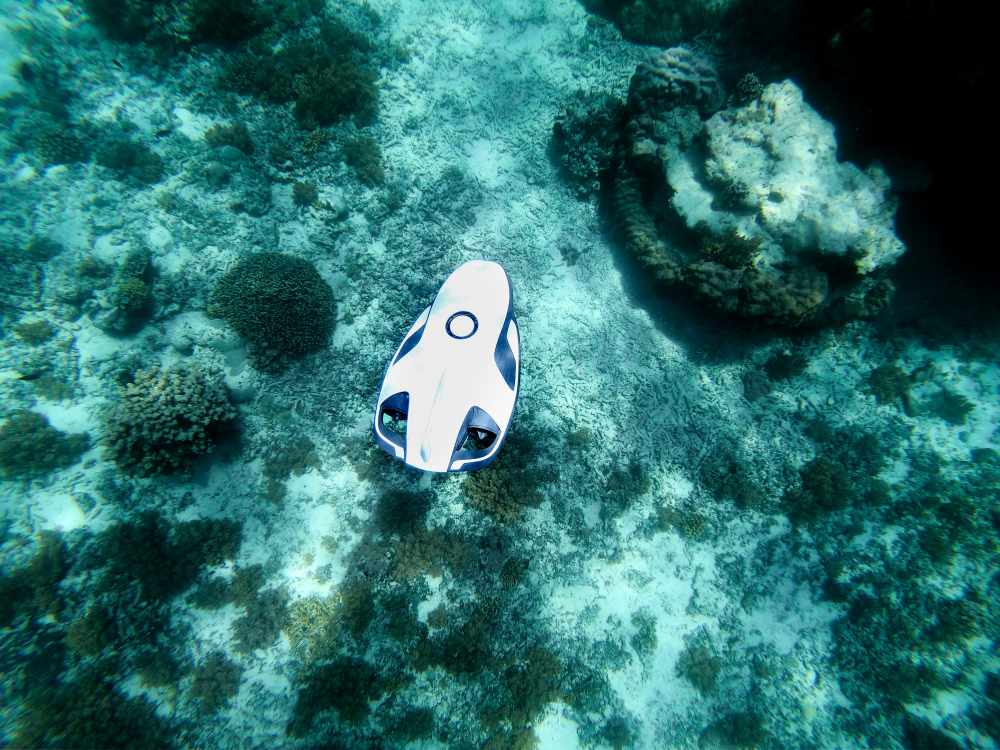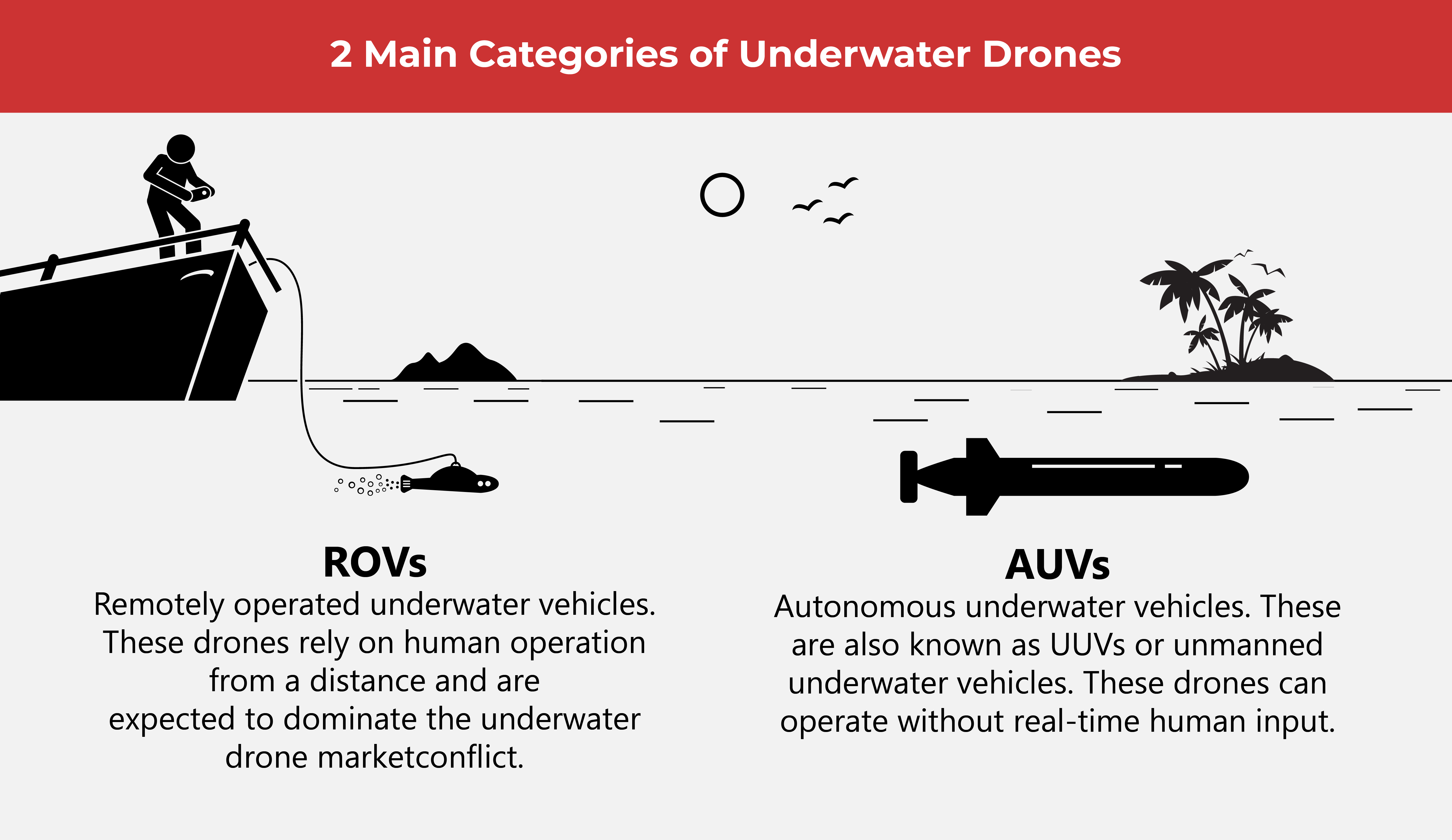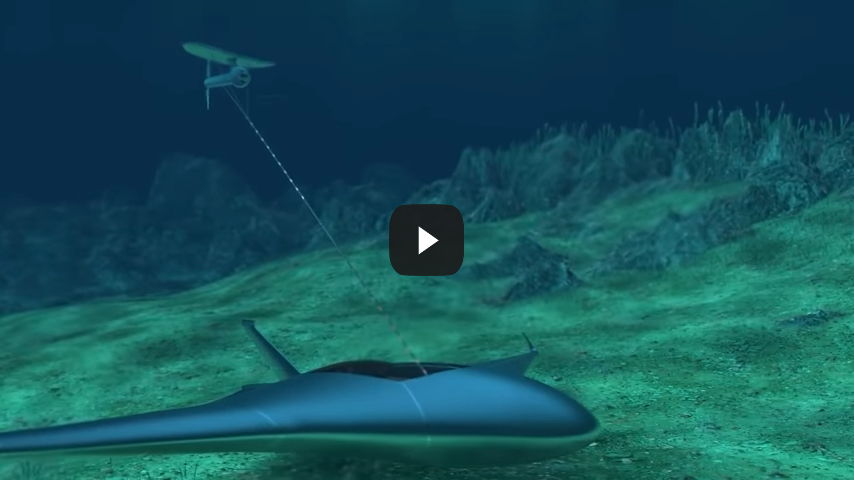Diving into the Deep with Drones

For drones, sky’s the limit in terms of its uses and applications. So what if we told you that these days, drones are actually becoming more commonplace under the sea?
Look! Up in the sky! Is it a bird, plane, or drone? While we’re pretty much used to seeing drones flying overhead and even learning about their amazing applications in many major industries, did you know that drones are now being used underwater? From military operations to environmental causes, underwater drones are becoming more and more in demand. Let’s take a closer look at how they’re being used.
Modernizing Military Operations With Underwater Drones
A report from Straits Research shows that by 2030, the market size for underwater drones may reach $12.5B, with a CAGR growth of 11.9%. In 2021, the global market for underwater drones was worth $4.545, with North America being its highest shareholder.
Driving this growth is a rise in procurement by the military, for modernization purposes. A widescale deployment of underwater drones has become crucial for defense and security applications. According to a study made by the US Department of Defense (DoD), the US Navy will be deploying underwater drones to augment existing submarine weapons and sensors.
The United Kingdom is following suit, as well as countries in the Asia-Pacific. The Asia-Pacific region is the faster-growing region for underwater drones. India and Japan are looking into underwater drones to beef up defense countering the rise of interference from China.
Meanwhile, as part of its recently launched Defense Reform 2.0, South Korea will also be deploying underwater drones in its efforts to protect the nation from North Korea.

There are two main categories for the type of underwater drones being used in various militaries around the world, and these are ROVs and AUVs. ROVs are remotely-operated vehicles. These require humans to operate the vehicle remotely or at a distance. On the other hand, AUVs or UUVs are unmanned and autonomous and can independently operate without real-time human intervention or inputs.
Having underwater drones has reduced the time needed to examine and inspect underwater equipment. These drones can also reach depths conventional ships may not be able to access.
A good example of this is how Belgium is using drones to clear off their coasts and waters of any leftover mines from the two previous World Wars. An estimated 100,000-300,000 mines remain in the 65km Belgium coastline. With the main objective of securing ports and beaches from these silent dangers, Belgian authorities are recommending the best vehicles for the job are underwater drones.
This particular drone resembles a yellow submarine and is named Remus. Remus can chart and explore shallow waters that traditional ships are unable to access. Its sonar capabilities will be able to detect if what echoes on the sonar image looks suspicious or not.
From the coasts of Belgium, we jump back to the United Kingdom, where its Ministry of Defense is helping train dozens of Ukrainian personnel to use hi-tech underwater drones to detect mines in their waters. Similar to Belgium, the underwater drone being used is the Remus 300. With the help of the US Navy and experts from the Diving and Threat Exploitation Group, the Ukrainian personnel will also be trained to handle Sandown-class minehunters. The United Kingdom will be providing six underwater drones to Ukraine.
Underwater Drones to Protect Mother Ocean
The application of underwater drones goes far beyond surveillance and military strategy. These are also gaining popularity with marine scientists, environmental advocates, and educators.
(Also read: Ornithopters: Drone Tech Inspired by Nature)
To accelerate discoveries underwater and unveil the wonders of the ocean to more people around the world using cameras attached to ROVs, entrepreneur and writer David Lang’s Open ROV project has been going strong for a few years now. With a grant from Hollywood director James Cameron’s Avatar Alliance Foundation , the project will be distributing to various non-profit organizations and classrooms 1,000 underwater drones called Trident throughout 2023.
Trident has also made its mark on the California coast helping a marine group mark location changes in sea creatures seen along Pelican Cove in Palos Verdes. The drone has become instrumental in revealing impacts from changes in sea temperature, level, and even acidity. The cove is part of a marine-protected area covering 2.8M square kilometers worldwide.
It’s also been sighted in the Gulf of Maine where a team of marine scientists is observing the effects of ocean acidification and global warming on mussels. The same team has been placing temperature loggers inside live mussels to measure these effects. The loggers are called “robomussels”, proving that underwater drones can have a cute nickname while being hard at work.
Thanks to these underwater drones, an ancient system of glass sponges thought to be extinct has been discovered in Howe South, British Columbia. This delicate ecosystem is vulnerable to fishing and prawn trapping, so some advocates are rallying around its protection and preservation, and even aiming for making the Saling Sea area a UNESCO World Heritage Site.
As one of the Top 19 EMS companies in the world, IMI has over 40 years of experience in providing electronics manufacturing and technology solutions.
We are ready to support your business on a global scale.
Our proven technical expertise, worldwide reach, and vast experience in high-growth and emerging markets make us the ideal global manufacturing solutions partner.
Let's work together to build our future today.
Other Blog



